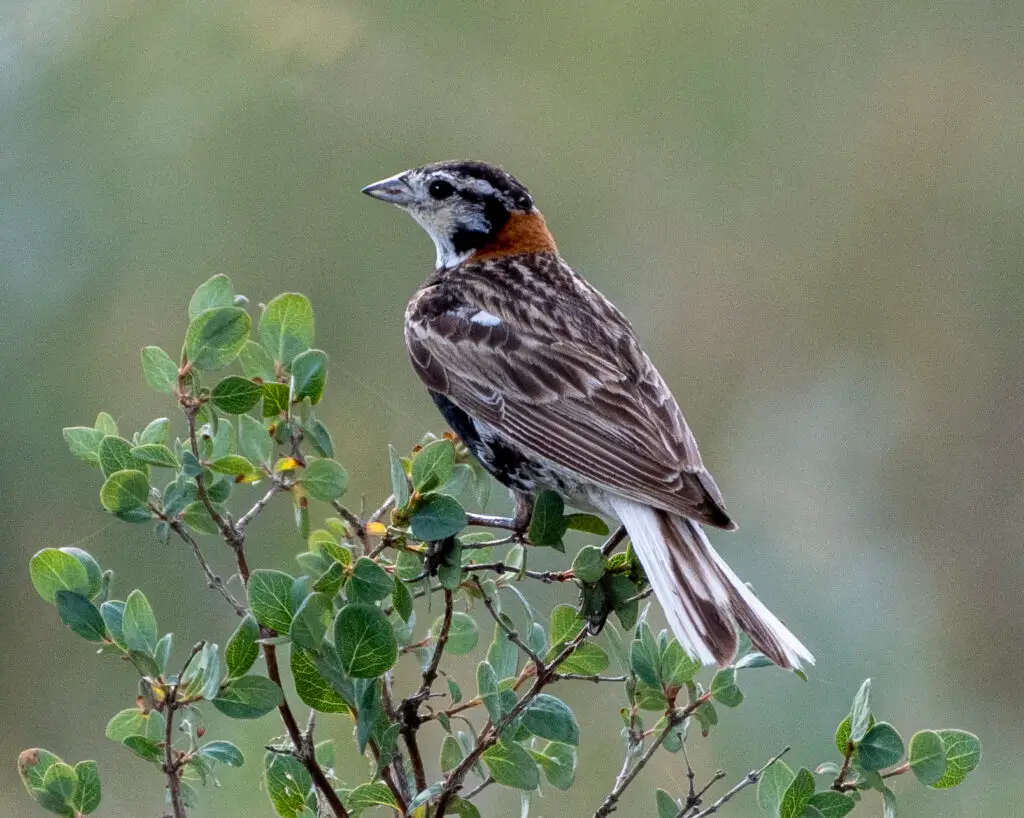The Birds
It starts as soon as the weather warms enough to melt snow. All water is still frozen but a few birds with a reason to be here, start to appear. Canada geese and Horned Larks race each other to claim their territory. The winter migrants are still here, Tree Sparrows, Juncos, Snow Buntings and a few others are ready to move too.


Mid April and the migration is on, the birds willing to risk it push into Kidder County. Ducks, hawks, eagles, and a variety of early songbirds can be found. One of the most memorable experiences can be sitting on a sharp-tailed grouse lek in a comfortable blind. There is a traditional lek easily accessible through a trail on our property. With a stay at the lodge, you can access the camera friendly blind easily with nominal walking. A local birder may be happy to take you there! This is an excellent photography experience!
As Spring advances southern winds encourage birds to move north. The month of May is showtime with every day being a different day, especially when the wind is out of the south under clear skies. This is the time to pick up life list species and great photos as anything going north can stop over in Kidder County. Song birds, shore birds, raptors, gulls, terns, grebes, cranes and more can be a great surprise every day. This is the time for a big push of warblers. Using resources that come with staying at our lodge you can plan a route to cover it all, wetlands, mud flats, migrant traps and a great native or grassland habitat. This a great time to block off a few days at the lodge and spend the daylight hours building on the number of species observed in Kidder County.


The bulk of the birders show up in mid June and early July once things settle down and most species that nest in Kidder County are where they want to be. Local favorites including Western Meadowlarks, Upland Sandpipers, Bobolinks, Baird’s and LeConte’s Sparrows, Sprague’s Pipet, Chestnut Collared Longspurs, five species of grebes and a lot of shorebirds and many other species can be found with some effort and our help. Horsehead Lake is great place to look for Western and an occasional Clark’s Grebe, nesting Avocets and Phalaropes